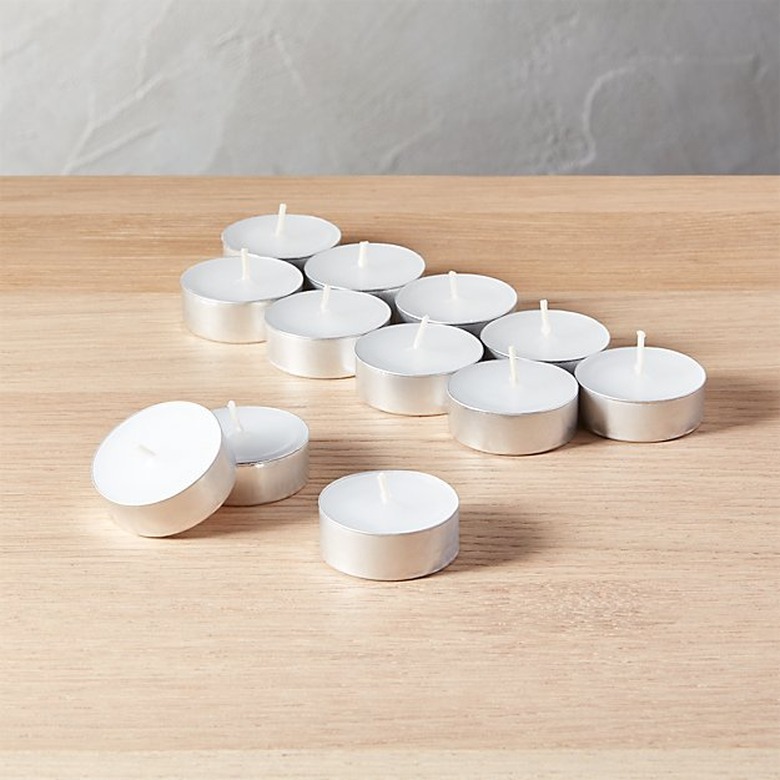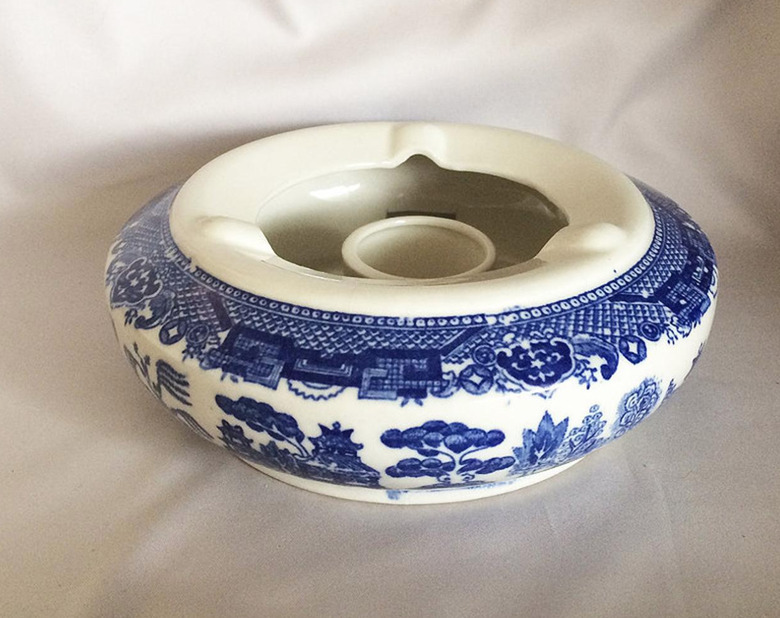Do You Know How Tea Lights Were Originally Used?
We may receive a commission on purchases made from links.
We never once stopped to consider why a "tea light" is called that — until now.
From the tea ceremonies of Japan to the drawing rooms of England, the small (there's no official standard, but tea lights are usually about an inch and a half wide and three quarters of an inch tall) candles, almost always presented in a metal container, were mostly service oriented. Sitting in a special tea warmer or under a tray of food, they give off just enough heat to keep tea or lunch warm, and their quick burn time meant not having to worry about reuse.
For centuries, the humble tea light was the candle equivalent of seen and not heard — felt and not smelled, maybe? — but that began to change in the late 20th century, as decorative candle fever swept the homes of, well, almost everyone.
A truly incredible San Francisco Chronicle trend story from 1998 explores the appeal of a home full of candles:
"They're low-tech," says New York trend maven Faith Popcorn. "People are looking for illumination, metaphysically and actually. I have candles all over my house. I use them to remind myself that technology is not the answer to everything."
Tea lights especially helped create the candlelit '90s: picture any episode of Sex and the City in which a female character somehow had time to light 100 tiny candles in the moments between bringing a date home and climbing into bed. Their ephemeral light, coupled with the fact that a 20-pack of tea lights can be had for under five bucks, made them a must-have for big-production romance.
Now, you're as likely to find electric tea lights in the Himalayan salt votive holder that is de rigueur on the nightstands of people likely to appear in newspaper trend stories. The modern tea light may lack the ability to actually warm tea as its long-ago inventors intended, but it does have one key advantage: If you knock it over in a moment of passion, you're unlikely to set anything aflame.

